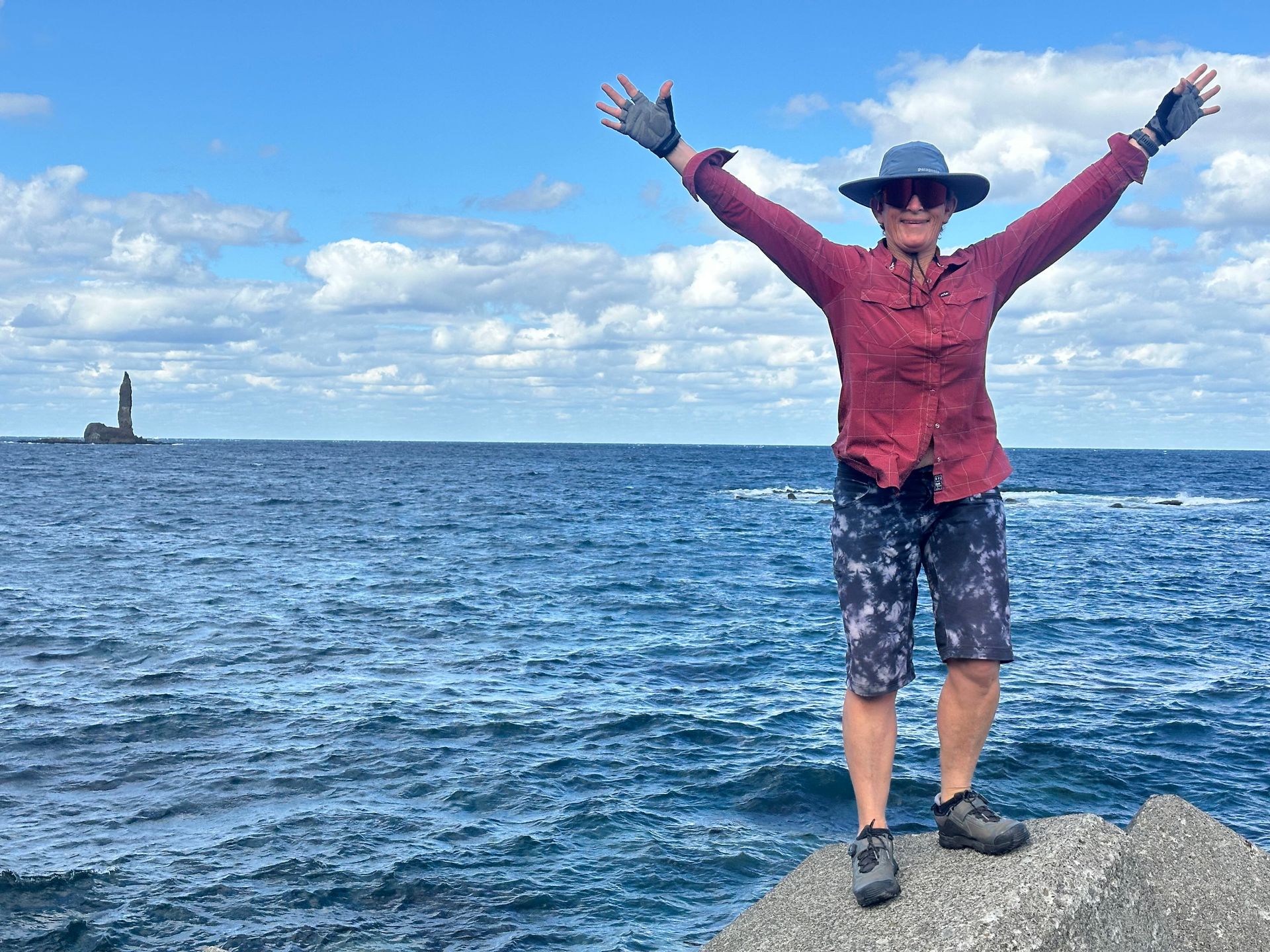Elastic people?

I was pondering as to the degree of behavioural elasticity people have demonstrated throughout COVID-19 changes in New Zealand. People are frequently elastic in the sense that you push them hard in one direction and their behaviour shifts, until they are released, then they bounce back to their original state. Elasticity seems like a desirable trait in that it is hard to push people off kilter in a permanent way. However, the resultant reversion to the norm means that it is also hard to achieve lasting change in behaviours if a behavioural change is desired.
During lockdown, I was concerned that people might stop hugging one-another as we were told to maintain careful social distances. When we reached Level 2, people were a bit awkward about hugging , but in our current Level 1 state, those who hug easily are doing it again (perhaps those who hug less easily are a bit more reluctant). People seem to have been relatively elastic in regard to hugging.
A particularly topical aspect of behaviour is care around transmission of disease, in relation to recording where you go, use of hand sanitiser and hand washing and getting tested if you have a COVID-19 symptom. We are being told to maintain all these behaviours and the implication is that we should shift to a new behavioural norm. However, observation (including observation of myself) suggests that we haven’t generally managed to shift to a new norm, elasticity rules again. Chris noticed that men in the Koru lounge are, once again, pretty slack on the hand washing front ( various studies in the US and UK suggest that men are generally worse at washing their hands than women ). When we were still in Level 2, apparently men were much better at it (I did not go into the men’s toilets to prove this for myself). Our population seems to be reasonably elastic in regard to our sanitary behaviours, as well as hugging.
So how far can one shift people’s behaviours in one attempt, and over short periods of time, and how much pressure should one try to keep applying? We all know what happens if you try to shift the behaviour of a teenager too far in regard to say, cleanliness; life becomes unbearable for all concerned! Changing behaviour is hard work, and there is only so much hard work one can do at any point in time. There are any number of articles out there suggesting the multiplicity of ways that one can encourage people to be better at washing their hands and that this might be a virtuous thing to achieve. However, there are also plenty of articles documenting how even medical professionals are only mediocrely compliant about hand washing.
The position of medics and government is that if COVID-19 ‘gets out’ (which seems most likely to occur at present as the result of someone desperately wanting more alcohol than they are getting in the hotel isolation), one of the best protections is to have everyone behaving constantly as if the virus is on the loose. But how realistic is this? We are all pretty sure at present in New Zealand that the virus is not on the loose and we don’t want to behave differently from our elasticated normal.
It seems to me, that the government can try and push new behaviours in response to potential COVID-19 risk, but the two likely resultant scenarios are either that people will revert to previous type, or that the pushing will add to the load that many are currently having to deal with and their elastic might snap. There are reasons people don’t want to adopt all the new proposed behaviours; I don’t actually want to constantly use hand sanitiser, dry out my skin, and change my skin microbial population which is a part of maintaining good physical health.
My conclusion is that the government should back off on pushing these hygiene measures and give us all a break; stop bombarding us with messages that we are now ignoring and save the messages for a time when it particularly matters again. It has proven unrealistic to achieve long term and large scale behavioural change iat present, so let’s not create another current burden for our pressured population. Let’s bundle those monitoring and sanitising behaviours as a response to the presence of COVID-19 (or another major disease) so that, in the event of COVID-19 community transmission in New Zealand, we can wheel the behavioural bundle out again as the appropriate reaction to the event.







